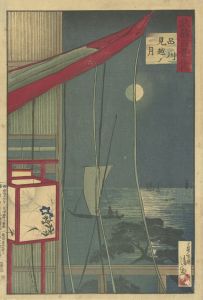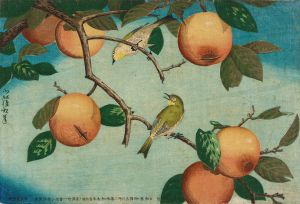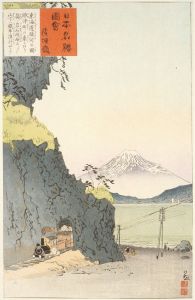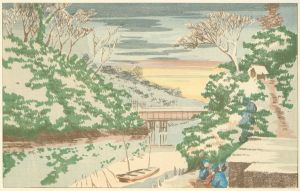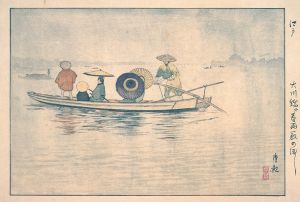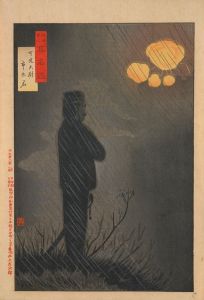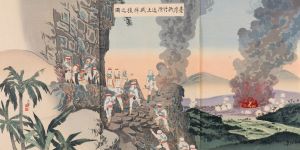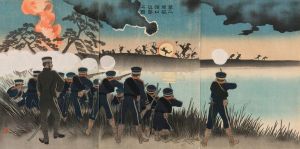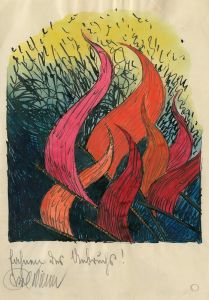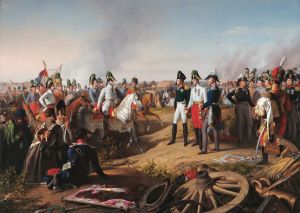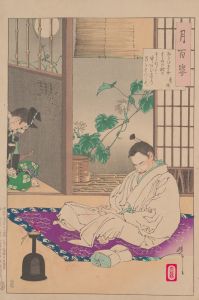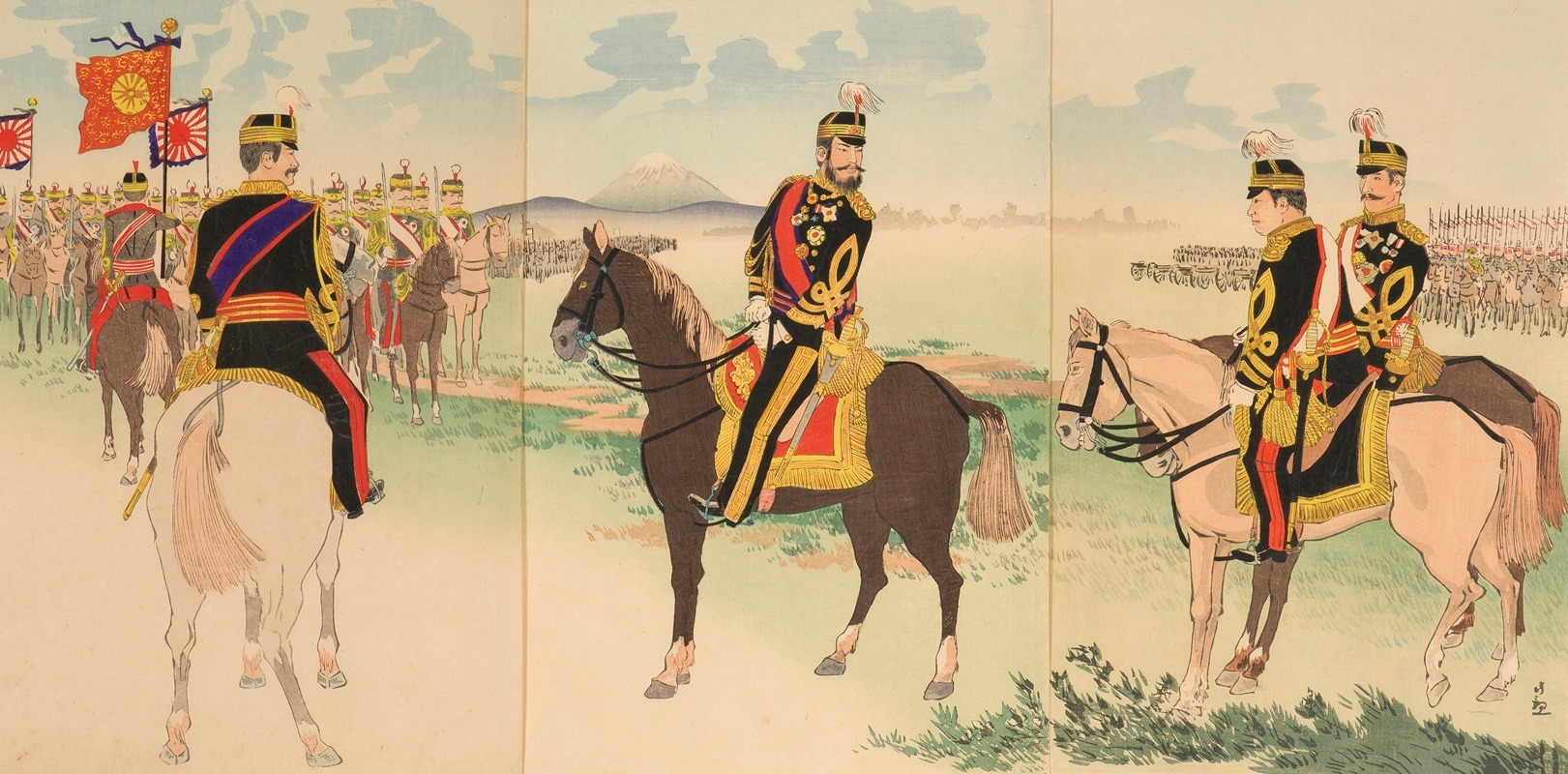
Ceremony for the Triumphant Return of the Army
A hand-painted replica of Kobayashi Kiyochika’s masterpiece Ceremony for the Triumphant Return of the Army, meticulously crafted by professional artists to capture the true essence of the original. Each piece is created with museum-quality canvas and rare mineral pigments, carefully painted by experienced artists with delicate brushstrokes and rich, layered colors to perfectly recreate the texture of the original artwork. Unlike machine-printed reproductions, this hand-painted version brings the painting to life, infused with the artist’s emotions and skill in every stroke. Whether for personal collection or home decoration, it instantly elevates the artistic atmosphere of any space.
Kobayashi Kiyochika was a prominent Japanese artist known for his ukiyo-e woodblock prints and paintings, particularly during the Meiji era. His works often depicted the rapid modernization and Westernization of Japan, capturing the transformative period with a unique blend of traditional and modern artistic techniques. One of his notable works is "Ceremony for the Triumphant Return of the Army," which reflects both his artistic style and the historical context of the time.
"Ceremony for the Triumphant Return of the Army" is a woodblock print by Kobayashi Kiyochika, created during the late 19th century. This artwork is part of a series that illustrates the events and sentiments surrounding the First Sino-Japanese War (1894-1895). The war marked a significant moment in Japanese history, as Japan emerged as a formidable military power following its victory over China. The artwork captures the celebratory atmosphere and national pride that followed the return of Japanese troops.
Kiyochika's print is characterized by its dynamic composition and attention to detail, which are hallmarks of his style. The scene likely depicts a ceremonial parade or gathering, with soldiers and possibly civilians participating in the festivities. The use of vibrant colors and intricate patterns highlights the celebratory nature of the event. Kiyochika's ability to convey emotion and movement through his prints is evident in this work, as the viewer can almost hear the sounds of the parade and feel the excitement of the crowd.
The historical context of the print is crucial to understanding its significance. The First Sino-Japanese War was a pivotal conflict that shifted the balance of power in East Asia. Japan's victory not only demonstrated its military capabilities but also signaled its emergence as a modern nation-state. The war and its aftermath were celebrated in Japan, and artworks like Kiyochika's played a role in shaping public perception and national identity.
Kiyochika's work is also notable for its blend of traditional Japanese artistic elements with influences from Western art. During the Meiji era, Japan was undergoing rapid modernization, and this was reflected in the arts. Kiyochika was among the artists who embraced new techniques and perspectives, incorporating elements such as Western-style shading and perspective into his prints. This fusion of styles is evident in "Ceremony for the Triumphant Return of the Army," where traditional woodblock techniques are combined with a more modern approach to composition and detail.
In summary, "Ceremony for the Triumphant Return of the Army" by Kobayashi Kiyochika is a significant work that captures a moment of national pride and historical importance in Japan. Through his masterful use of color, composition, and detail, Kiyochika not only documents a specific event but also reflects the broader cultural and societal changes occurring in Japan during the Meiji era. His work remains an important part of Japanese art history, offering insights into the country's past and the evolution of its artistic traditions.






